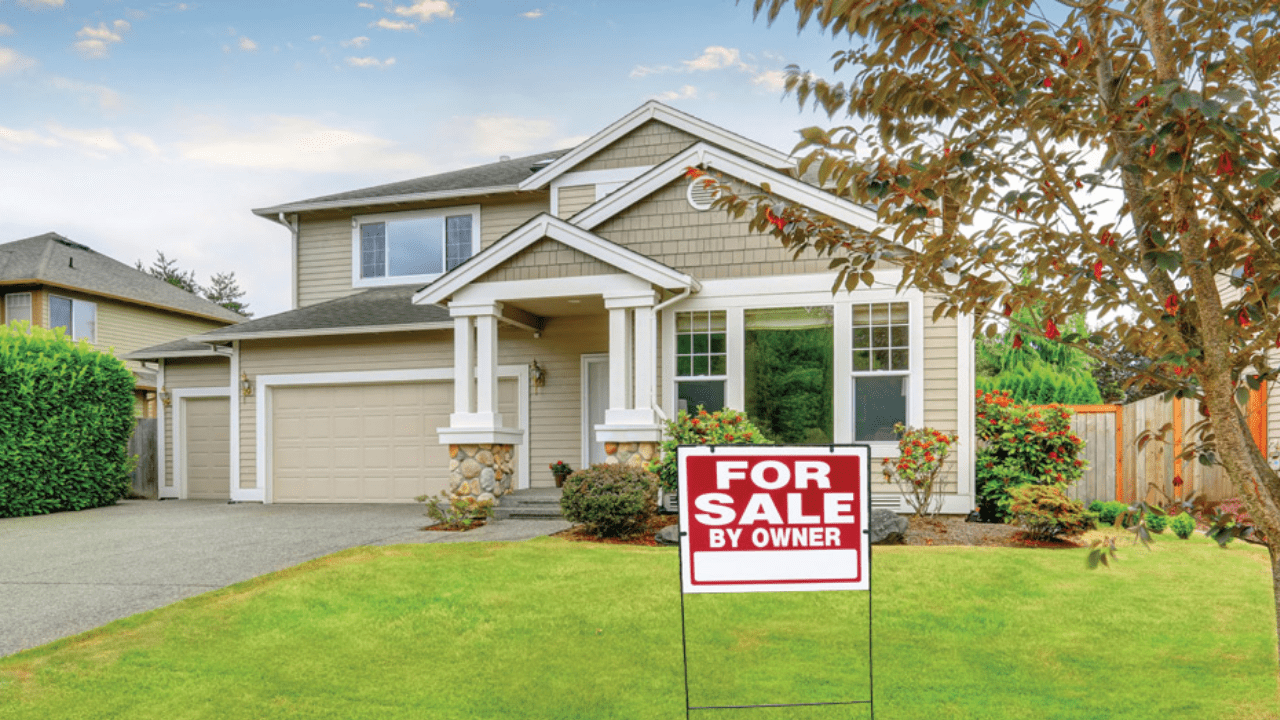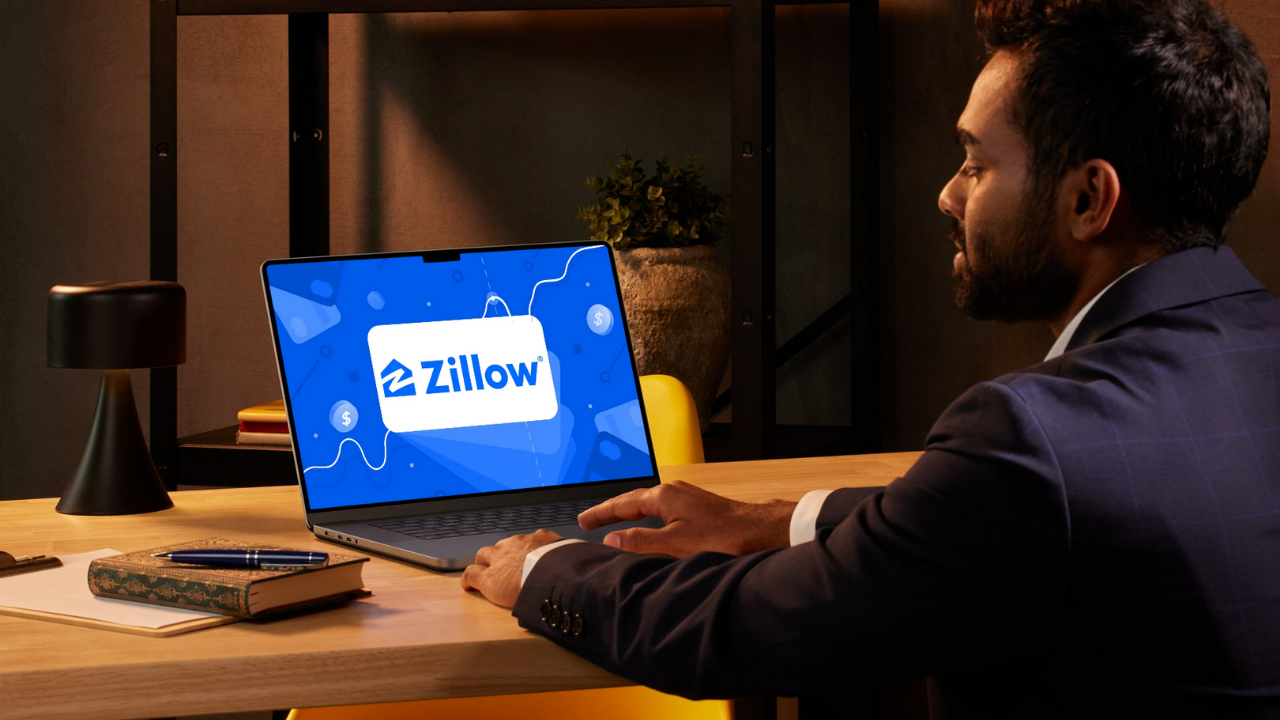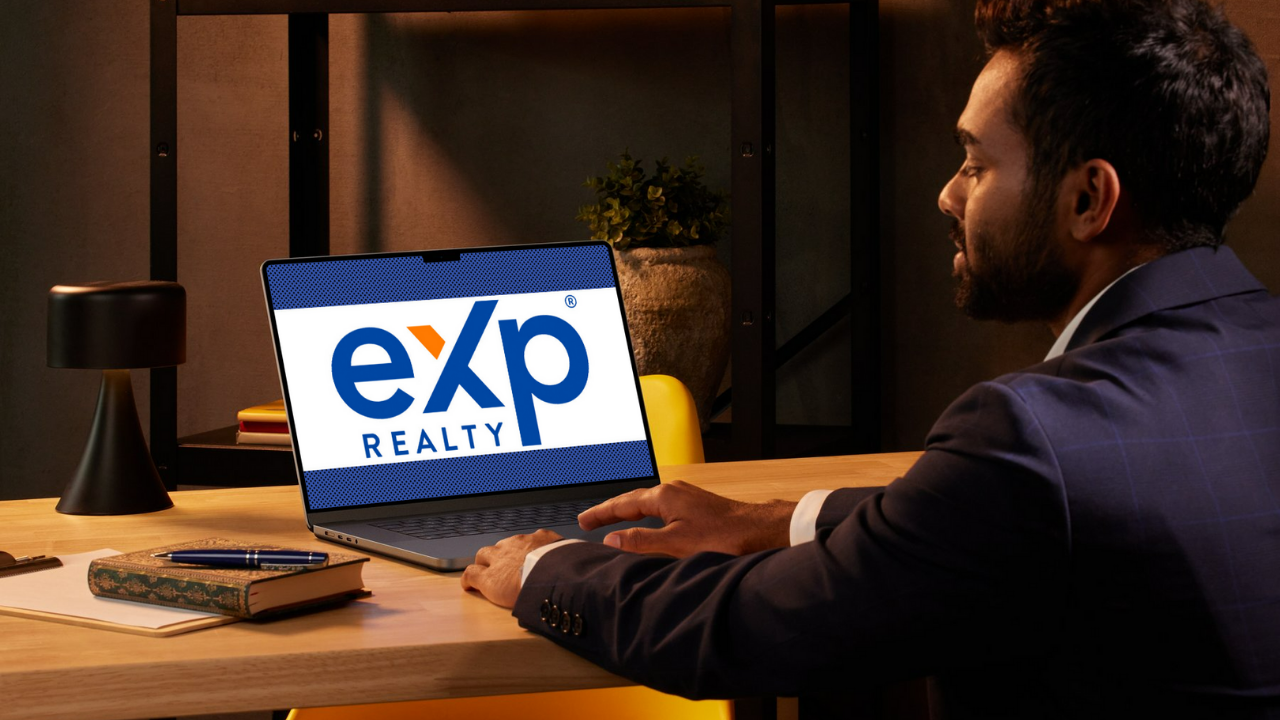In 2024, homeowners across the United States who sold their properties without a real estate agent—known as For Sale By Owner (FSBO) sellers—lost a median of $55,000 compared to those who used professional help, according to new data from the National Association of Realtors (NAR). Released this year, the figures show FSBO homes sold for $380,000, while agent-assisted sales reached $435,000. Why does this gap exist? Experts point to pricing missteps, limited marketing, and negotiation challenges. With FSBO sales plummeting to just 6% of the market, here’s how going solo is costing sellers big.
Overview
The Financial Cost of FSBO: Breaking Down the $55,000 Gap
The latest data from the NAR reveals a stark difference in sale prices between FSBO and agent-assisted transactions. In 2024, the median sale price for FSBO homes was $380,000, compared to $435,000 for homes sold with the help of a real estate agent. This represents a $55,000 gap, which persists even when accounting for typical agent commissions of 5–6%.
For example, a $435,000 sale with a 6% commission would net the seller $408,900, still $28,900 more than the $380,000 FSBO sale. This financial disparity is a key reason why FSBO sales have dropped to a record-low 6% of total home sales in 2024, down from 7% in 2023 and a significant decline from 21% in 1985.
Jessica Lautz, NAR Deputy Chief Economist, emphasizes the value of professional assistance: “No one wants to leave money on the table, and an agent can help determine the best-selling price and marketing strategy to find a qualified buyer” (NAR Magazine).
Why FSBO Sellers Lose Money
Several factors contribute to the lower sale prices for FSBO homes:
- Pricing Errors: Without access to professional market analysis, FSBO sellers may set their prices too low, missing out on potential profits, or too high, deterring buyers. According to Homelight, inaccurate pricing is a common pitfall for FSBO sellers.
- Limited Marketing: Real estate agents have access to Multiple Listing Services (MLS) and extensive professional networks, which significantly increase a property’s visibility. In contrast, FSBO sellers often rely on platforms like Zillow, which capture only about 30% of online buyer traffic (RealEstateAgentPDX).
- Negotiation Challenges: Agents are trained to negotiate effectively, often securing higher offers. FSBO sellers, lacking this expertise, may accept lower bids or fail to counteroffer effectively.
- Legal Risks: Incorrect handling of disclosures or contracts can lead to costly legal issues. Some FSBO sellers hire attorneys to mitigate these risks, which can cost between $800 and $1,200 per transaction (Investopedia).
The Property Type Debate: Does FSBO Really Cost More?
Some argue that the price gap is not due to the FSBO process itself but rather the types of properties sold. FSBO sales often involve lower-value properties, such as mobile homes or rural properties, which naturally sell for less. However, studies indicate that even when comparing similar properties, FSBO homes sell for approximately 6% less than agent-assisted sales (List with Clever).
Steve Farmer, a licensed independent Realtor, highlights another misconception: “Most sellers probably don’t understand that they are going to have to pay the buyer’s agent anyway. So really, using a real estate agent isn’t going to cost the buyer anything” (Grandview Lending). This underscores the complexity of commission structures, which can erode the perceived savings of FSBO.
Commission Rule Changes: A Game Changer for FSBO?
In 2024, a landmark antitrust lawsuit settlement involving the NAR led to significant changes in commission rules. Sellers are no longer required to pay buyer agent commissions, potentially reducing costs for FSBO sellers. However, data shows that 75% of FSBO sellers still paid these commissions (typically 2.5–3%) to attract buyers (HouseCashin).
This development has not yet shifted the FSBO landscape dramatically, as many sellers continue to offer buyer agent commissions to remain competitive. Nonetheless, the rule change may encourage more sellers to negotiate or eliminate these fees in the future, potentially reducing the financial gap.
Conclusion
As FSBO sales dwindle to an all-time low and the median price gap widens to $55,000, it’s clear that selling solo comes with a steep cost. Homeowners eager to save on commissions may find that professional expertise pays off in a complex, competitive market. With commission rules shifting and agent reliance growing, FSBO sellers might consider hybrid services or discount realtors as a middle ground—or risk leaving significant money on the table.
Alternatives to traditional FSBO include flat-fee MLS services, which allow sellers to list their homes on the MLS for a fixed fee, gaining broader exposure without full agent commissions. Discount realtors also offer reduced commission rates while providing professional support. These options can help sellers bridge the gap between going solo and hiring a full-service agent, potentially reducing the financial losses associated with FSBO.
As the real estate landscape continues to evolve in 2025, sellers should weigh their options carefully to maximize their home’s value.




